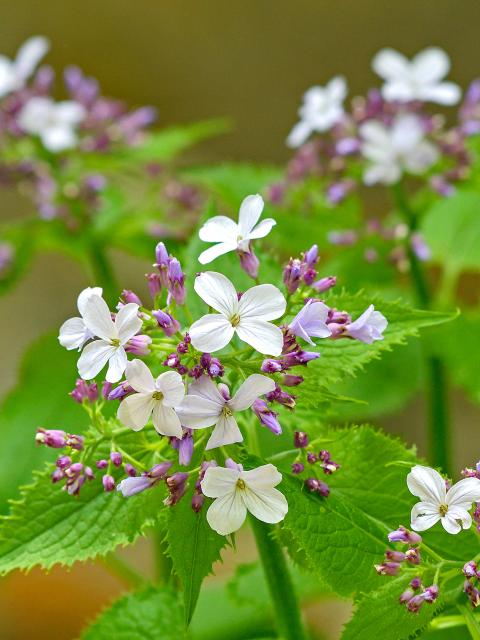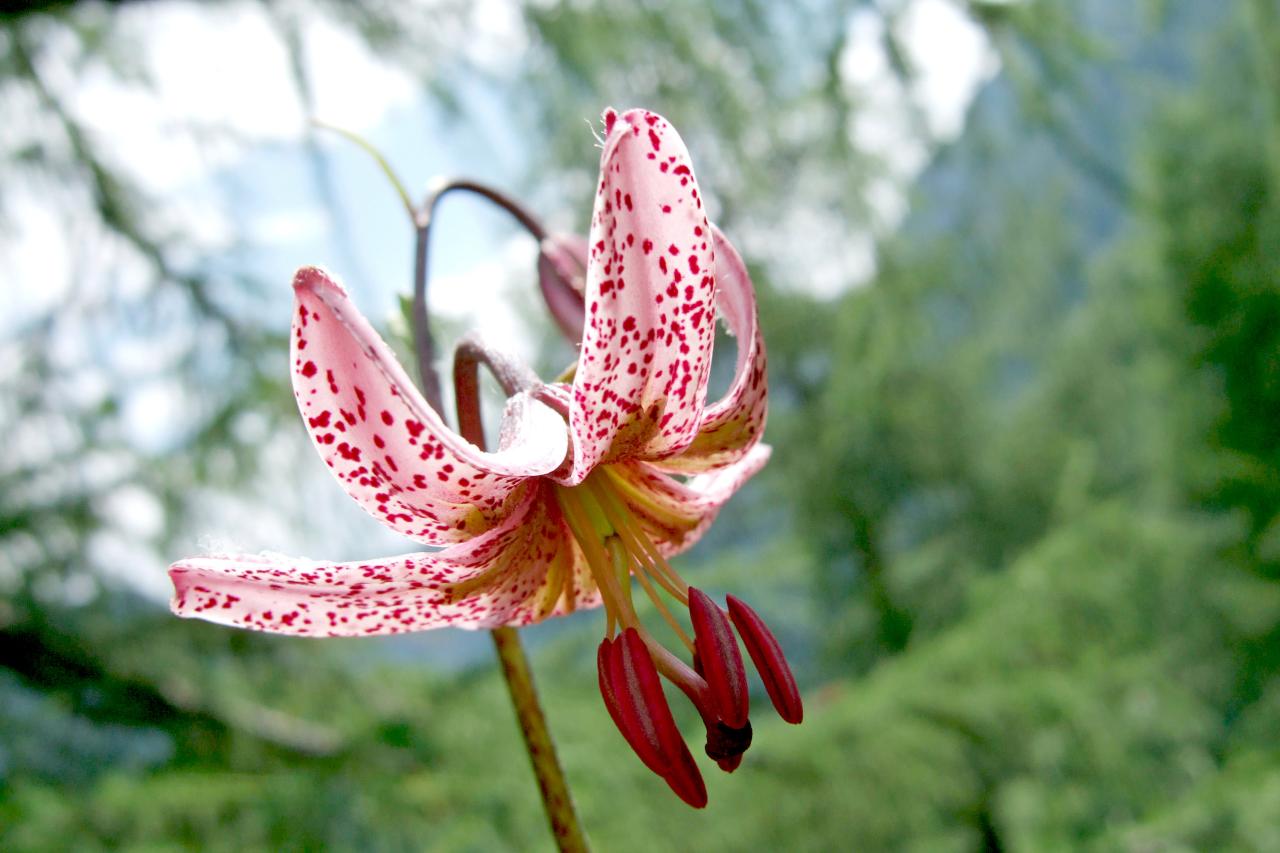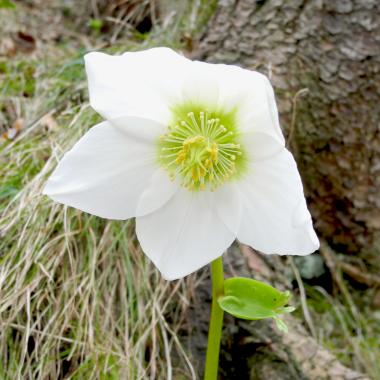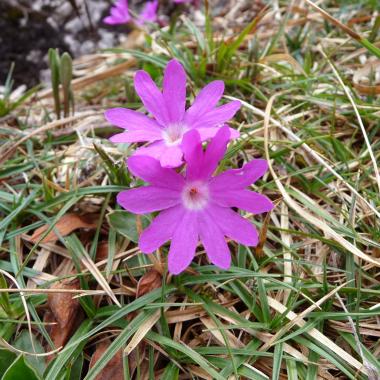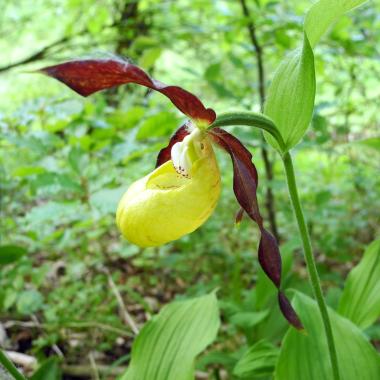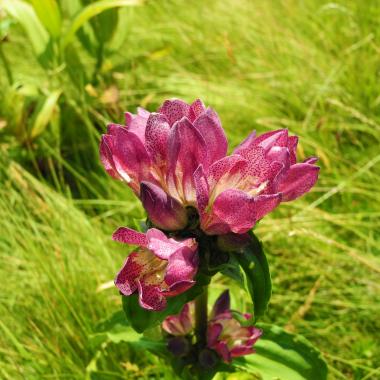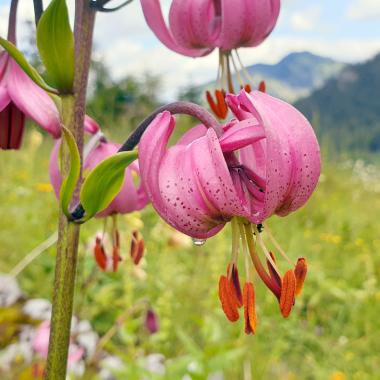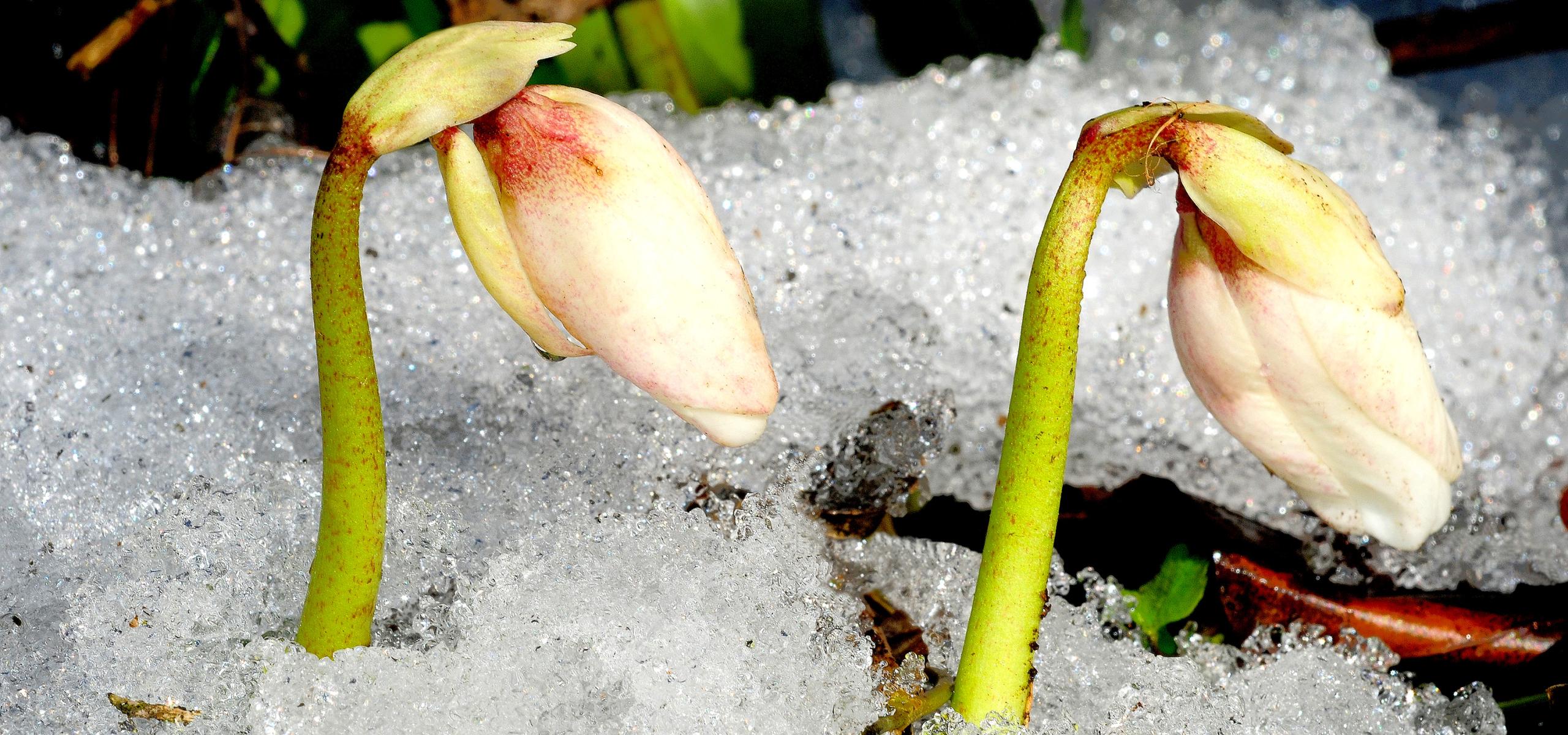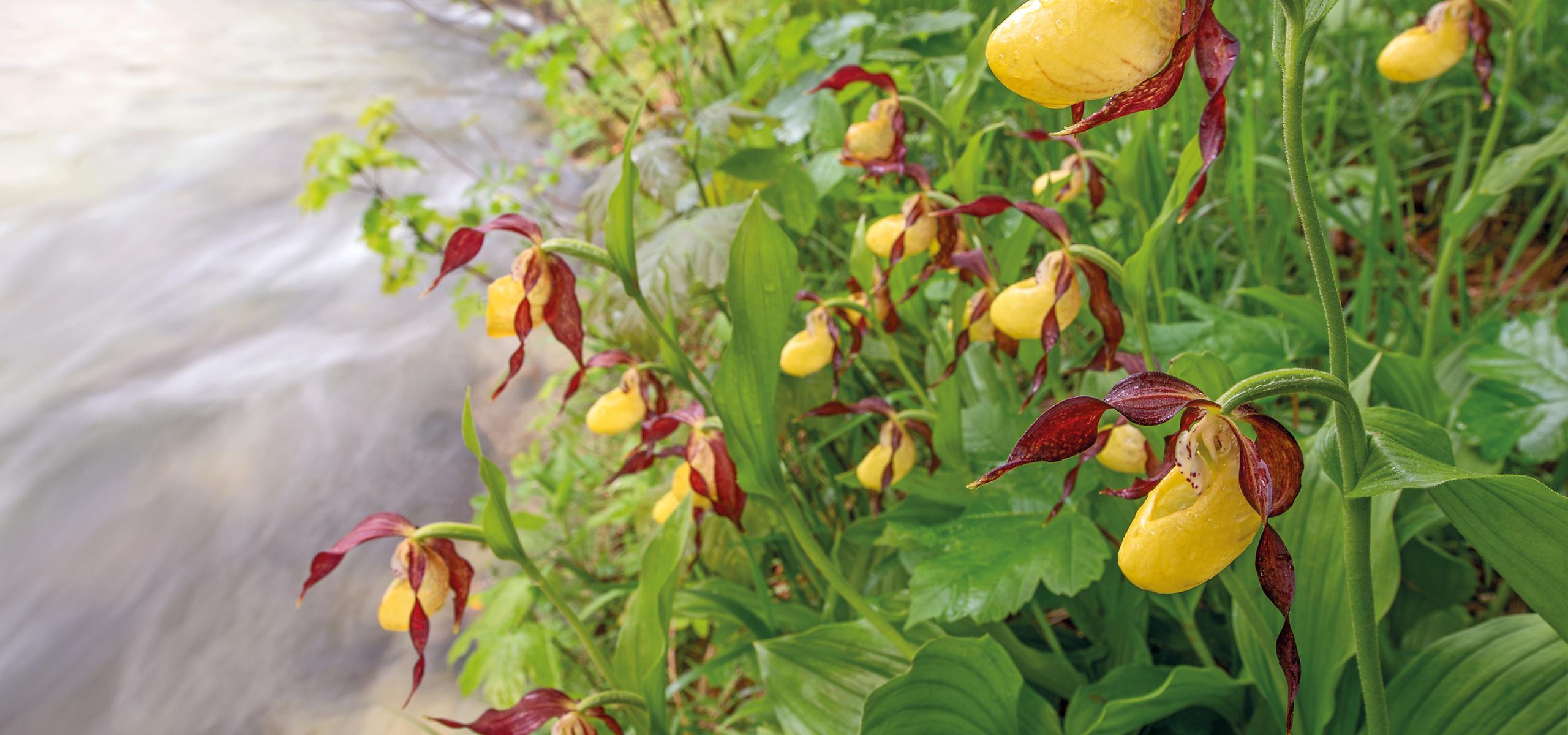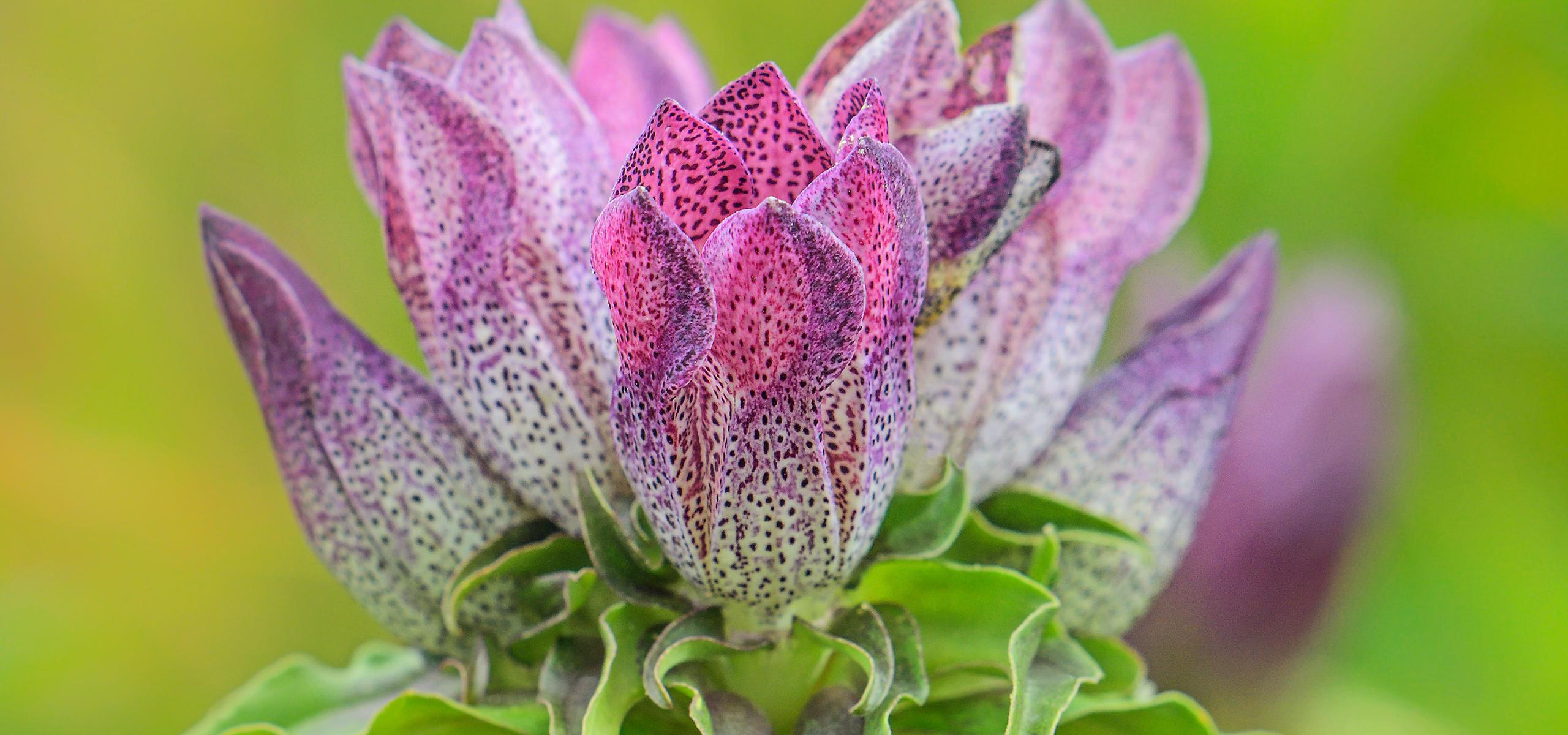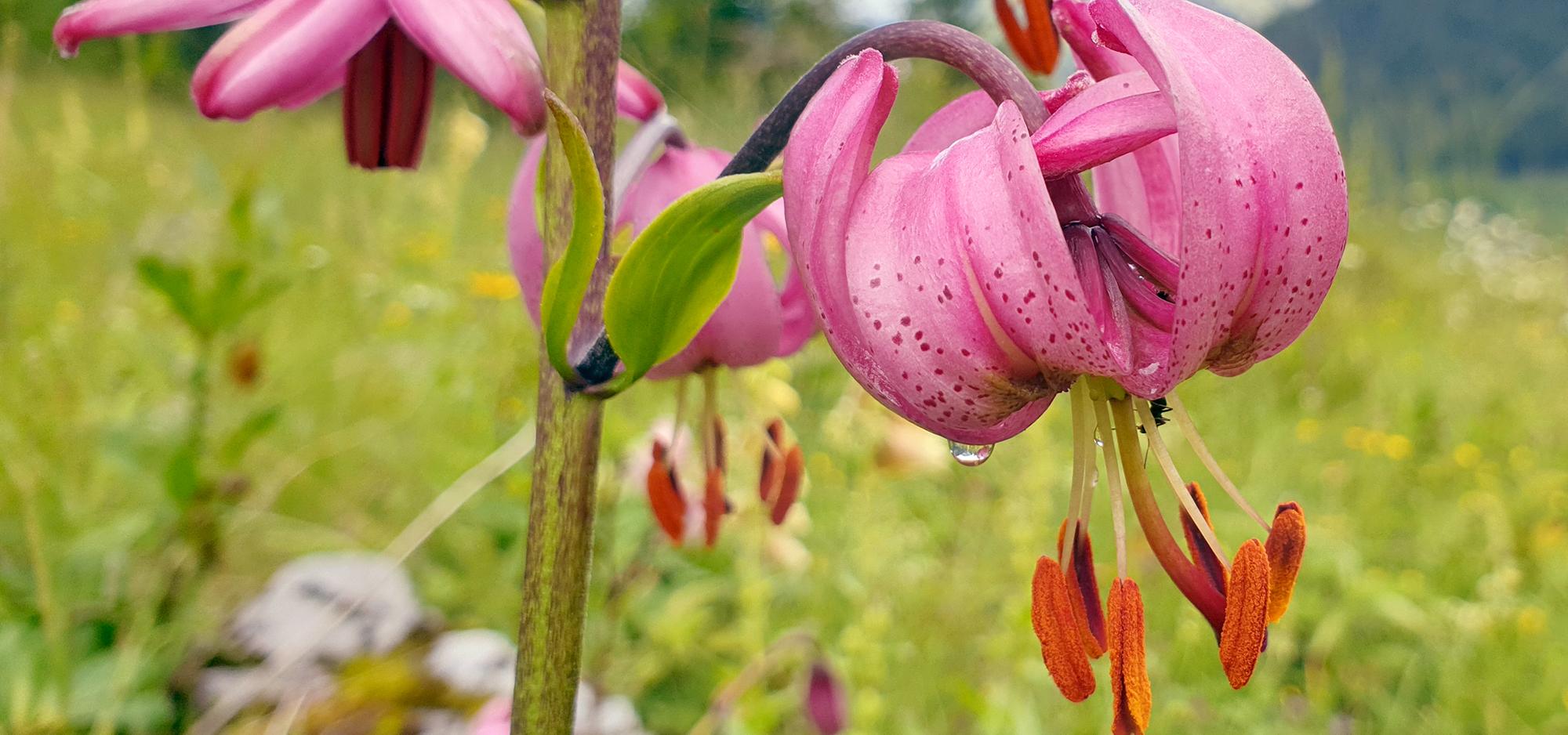Latin name: Cypripedium calceolus
Flowering time: May - June
Habitat: Lime-loving, in semi-shady, clay-rich woodland
Other: Legends claim a connection to the Virgin Mary ("Mary's slipper").It is also interesting to note how this flower "forces" pollination: insects that have penetrated the plant fall into the cup-shaped, smooth-walled, oily, shiny shoe, where they find sugary substances. The only way out is via the stigma or the sticky pollen, which must be touched!
The lady's slipper is one of those native plants that everyone knows, but only a few have ever seen in the wild. This beautiful, rare orchid only grows on limestone and is found in sparse pine and mixed deciduous forests in the colline to upper montane altitudes.
The lady's slipper is known for its characteristic flower. A large, open-topped yellow lower lip protrudes from four long, twisted, reddish-brown petals. Its shape is reminiscent of the one-piece wooden clogs that were once valued as work shoes. Smaller insects, attracted by the color and the vanilla-like scent, fall into the slipper and are unable to leave via the upper opening due to the smooth walls of the kettle. On their way to the rear outlet, they have to squeeze past the stigma and the anthers, where they strip off the pollen they have brought with them and get new pollen stuck on. The lady's slipper flowers from May to June. The stems grow to a maximum of knee height and are leafy up to the top. The leaves have pronounced longitudinal veins. They are similar to those of the white-germer ( ), but are more delicate and not hairy underneath.
Lady's slipper prefers moderately fresh to summer-dry, musty, humusy, calcareous soils. As a semi-shady plant, it only tolerates little shade. It is mainly found in sparse beech forests (Cephalanthero-Fagion), especially in sedge-beech forests (Carici-Fagetum). It is also occasionally found in the snow heath-pine forest (Erico-Pinetum sylvestris) and in the Alpendostylo spruce-fir forest (Adenostylo glabrae-Abietum).
With the increasing forest wilderness in the national park, the lady's slipper will become an even rarer sight than it already is. This is because the forest communities in which it occurs do not represent the final community at the respective location. It can be assumed that some red pine forests will develop into spruce forests and some alpine spruce-fir and sedge-beech forests will develop into (spruce) fir-beech forests, in which it is too dark for the lady's slipper.
Status, endangerment and protection
Status Kalkalpen National Park: rare
Status Austria: common to scattered
Red List Austria (1999): endangered
Red List Upper Austria (1997): endangered
Nature Conservation Act Upper Austria: fully protected
EU Habitats Directive: absolute protection requirement, Annex II, IV
